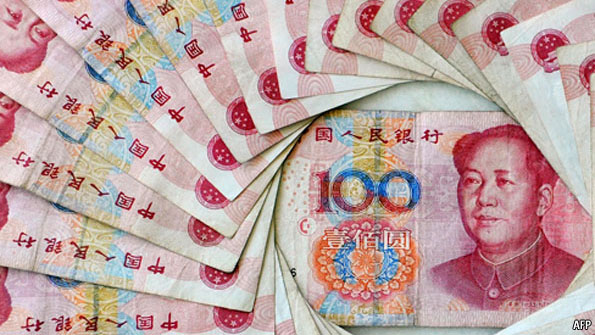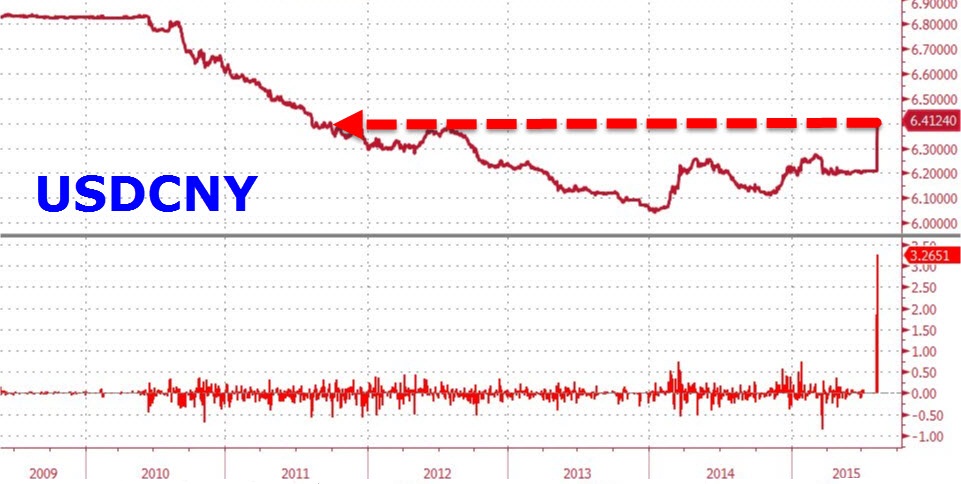
As per a report by China Chemical Fiber Group (CCF Group), strong US dollar and sliding euro, Japanese yen and rouble against Chinese yuan made a negative impact on the country’s exports in July and during the January to July period.
In July, export value of textile and apparel totalled
around $27.25 billion, down 10.20 per cent year-on-year, of which textile export value totalled around $9.51 billion, down 5.86 per cent. Apparel export value totalled at $17.74 billion, down 12.36 per cent year-on-year. In the January to July period, China textile and apparel export values totalled around $155.63 billion, down 4.41 per cent year-on-year, of which textile export value was at $62.42 billion, down 1.50 per cent year-on-year while apparel export value was at $93.20 billion, down 6.20 per cent year-on-year.
Negative impact of currency fluctuations
Exports declined further, partly because of high cardinal number of last year, and partly dragged down by the firmer US dollars. Euro, Japanese yen and rouble depreciated sharply since last year, deteriorating China’s export markets. The depreciation of currencies in the developed countries brought down domestic purchasing power, which made huge impact on China’s textile and apparel exports. However, the sharp fall of currency of emerging economies, like India, Brazil and Middle East, also further affected China’s exports, especially on polyester textiles, which were mainly exported to ASEAN, Latin America and Middle East.
China's central bank would improve its central parity system to better reflect market development in the exchange rate of the Chinese currency renminbi against the US dollar, says the People's Bank of China (PBOC). The central parity rate of Chinese currency renminbi or the yuan, weakened by 1,136 basis points to $6.2298 on Tuesday, the lowest level since April 25, 2013, according to the China Foreign Exchange Trading System. Actually, the depreciation of the central parity rate of RMB might be under the pressure of exports and domestic economy.
Meanwhile Rupee exchange rate against the US dollar was down by 4.4 per cent in 2015, which helped stimulate exports from India. The low labour costs, about one fifth of China coupled with low electricity charge and feedstock costs and sharp depreciation of Indian Rupee further made Indian exports competitive.
Impact of other declining currencies
A decline in currencies of many countries against the US dollar too had a sharp impact on China’s textile and apparel exports. Brazilian real has been depreciating by 24 per cent against US dollar in 2015 and in July, it has declined by 8.6 per cent. On Aug 6, the exchange rate of real against US dollar dropped to 3.5386, a new low since March 2003. The fluctuated exchange rates significantly brought down the exporters’ profits and increased the management risks owing to which traders and export-dominated enterprises feared taking orders. In Changshu of Jiangsu, most producers reflected that the business activities weakened evidently this year with few new big orders.
In 2015, Turkish lira also saw large depreciation and by August 11, the decrement reached 18.8 per cent, which is anticipated to reduce the local demand for China’s apparels. Though the market shares of Turkey only scored at around 0.7 per cent, China’s export volumes of polyester textiles, such as abaya, headscarf and table cloths, were large.
Given the current situation, currencies are expected to further witness a downward movement against the dollar leading to further decline in China’s textile and apparel exports.












